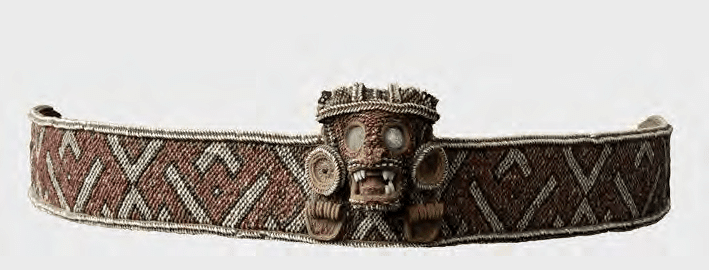Jalil Sued Badillo's Agüeybaná el bravo: la recuperación de un símbolo is a careful study of long-lasting Taino resistance to the Spanish conquest through the life of our dominant cacique of the island. Though Agüeybaná II's cacicazgo did not completely unite the island, his leadership in the initial war of 1511 against the Spanish sparked resistance that continued for the next several years, including areas such as northeastern Puerto Rico. Sued Badillo's main scholarly contribution here is to demolish the myth that our cacique died in battle in 1511 by using archival sources and the chroniclers. After demonstrating that Oviedo never explicitly mentioned the death of Agüeybaná, and various documentary sources like probanzas indicate his survival several years later in the northeast, Sued Badillo offers a reinterpretation of the standard narrative of Carib attacks on the Spanish colony. Instead of viewing the Carib raids and invasions of the island as attacks by external Indians, they were likely heavily led by or partly orchestrated by native borincanos who had fled the Spanish for islands such as Santa Cruz and Guadeloupe. In fact, numerous documentary sources explicitly mention local Indians (indios alzados and caciques, including Daguao and an Agüeybaná) as part of the groups who attacked and burned Caparra and various Spanish settlements or estancias until 1530.
Previous generations of historians, particularly those promoting the myth of the docile Puerto Rican or the gentle Taino, have obfuscated this history of Taino resistance through their pro-colonialist beliefs and misleading publications of documentary sources. Some historians published primary sources that were edited, removing references to Agüeybaná or local caciques involved with the so-called "Carib" attacks on the island (including the "Carib" attack that led to the death of Mexia and Luisa). In addition, since Puerto Rico's indigenous population had close ties to eastern Hispaniola and places like Santa Cruz, it is no surprise that their resistance to the Spanish relied on mobility, circulation of news, and alliances with neighboring indigenous populations who offered refuge. These neighbors, reduced to the identity of "Carib" in the Spanish sources, obscures the inter-island Taino anti-Spanish collaboration and the longstanding native borincano resistance to colonialism. Indeed, one's interpretation of the sacking of Caparra, the various entradas or cabalgadas undertaken by the Spanish, the slaving armadas launched against Santa Cruz and the Lesser Antilles, and the various indios alzados active on the island indicate how brutal and long the Spanish "pacification" of the island truly was. Taino resistance in Puerto Rico, drawing on their connections with the Lesser Antilles, was a regional war against the European invaders. With local cacique allies, however, the Spanish were able to establish a foothold and eventually, with several years of campaigns and raids, expand the encomienda and mining economy.
Since Agüeybaná was a pivotal figure in the earliest war of 1511, and remained a relevant leader long after the battle in which he allegedly perished, it is understandable that his symbolic role as a leader of anti-colonial resistance must be recuperated. Instead of becoming an early martyr, he led resistance from his original base in the Ponce area to northeastern Puerto Rico and, perhaps, beyond to areas like Santa Cruz and Guadeloupe. As one of our heroic caciques, his relevance to Puerto Rican nationalism is to be naturally expected and merits further inquiry and respect. Unfortunately, too many historians of Puerto Rico assumed Juan de Castellanos, Antonio Herrera, or other sources were correct about the early death of the cacique in 1511. Subsequent generations of historians either promoted the Hispanic conquest or the island, celebrated Ponce de Leon, or sought to maintain the myth of hospitable, welcoming Tainos. The reality was far more complex.

No comments:
Post a Comment